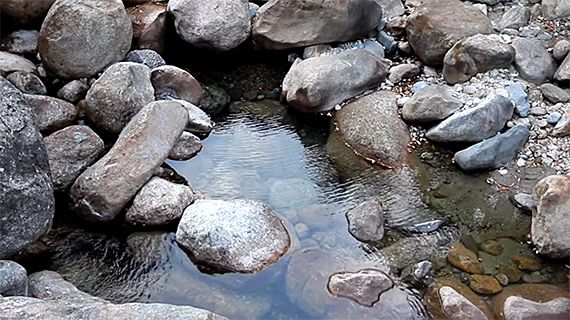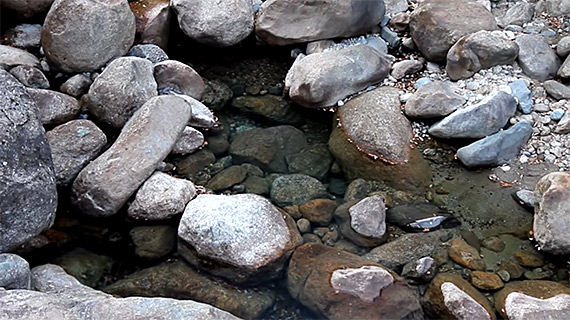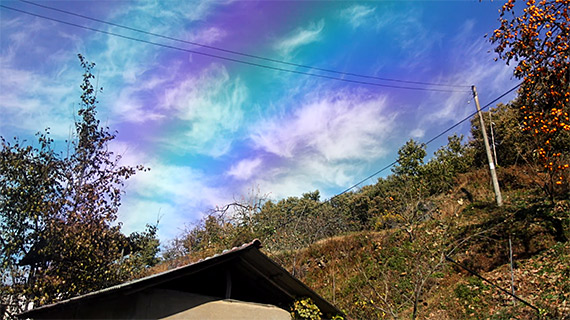You can research polarizing filters online and come up with a lot of info and videos explaining how they work, but some of the tutorials are a bit long-winded or just plain complicated. It doesn’t get any more straightforward than this Polarizing Filter 101 video by photographer Christopher Frost. Find out how the filter works, when you should and shouldn’t use it, and see how it can dramatically change your images:
Basically, polarizing filters absorb polarized light, which is light that is being reflected off non-metallic surfaces, as well as some light from the sky. So, they’re really great at removing reflections from surfaces like water, glass, book spines, leaves and other vegetation, or anything shiny really that isn’t metal. And, when it comes to shooting the sky, you can get a nice, deep and dark blue color when you use a polarizing filter.
How to Use a Polarizing Filter
The effect you get in the final image really depends on how much you turn the filter. You want to make sure you buy the right size filter for your lens, so it can be screwed onto the front of it. Once it’s on, you turn the filter in a left or right circular motion to adjust how dark you want the polarizing effect. Check out the difference it can make when photographing water:

WITHOUT a polarizing filter

WITH a polarizing filter
If you’re photographing the sky, the effect only works if you shoot at a 90 degree angle from the sun. It doesn’t work if you shoot directly into the sun or away from it. For this reason, you might not want to use a polarizing filter with an ultra wide angle lens because you could get some uneven results. You may also get some strange, colorful effects if you shoot with a wide angle lens through a window.
A polarizing filter will block around 50 to 75 percent of your light, so don’t forget to remove it when shooting indoors or when it’s getting dark outside. These are just some basic facts about polarizers and a few simple tips to keep in mind.
Tell us what you think. Are polarizing filters a good investment? How do you use them?
Like This Article?
Don't Miss The Next One!
Join over 100,000 photographers of all experience levels who receive our free photography tips and articles to stay current:








Leave a Reply